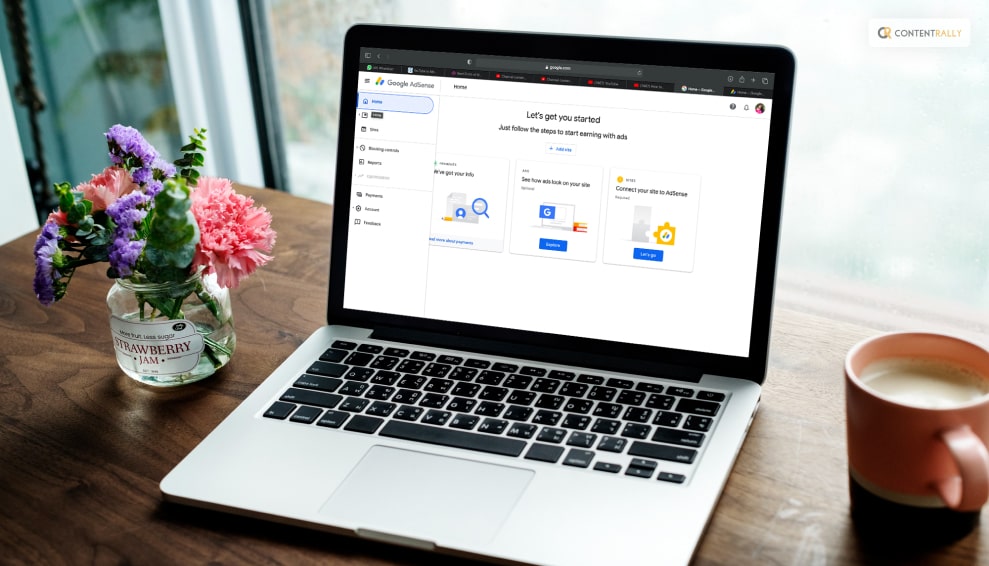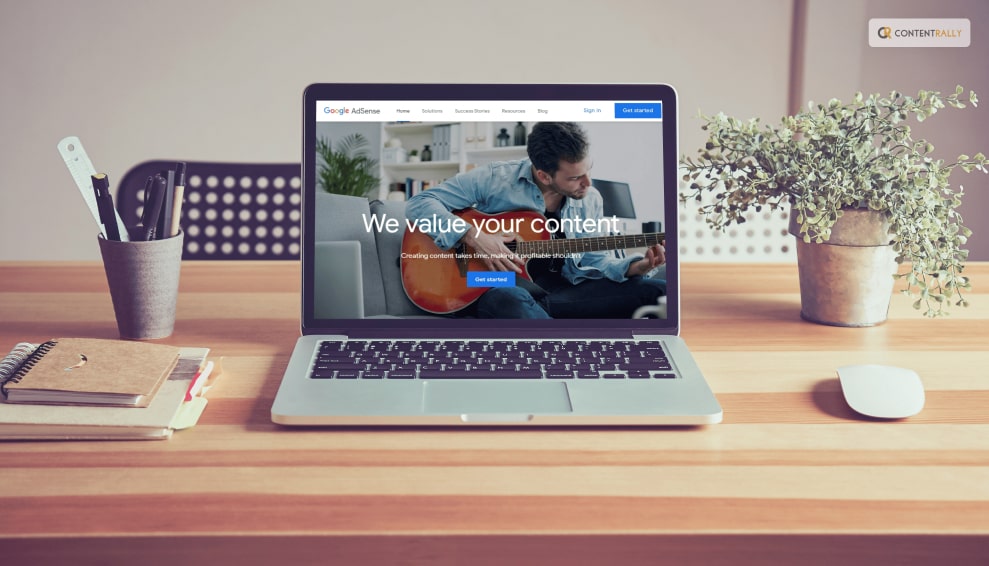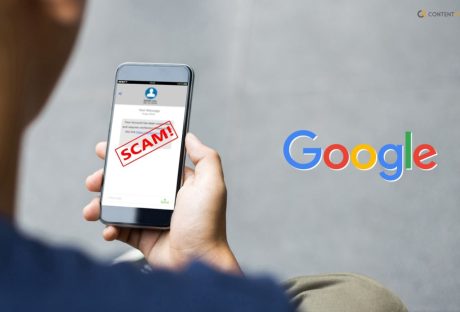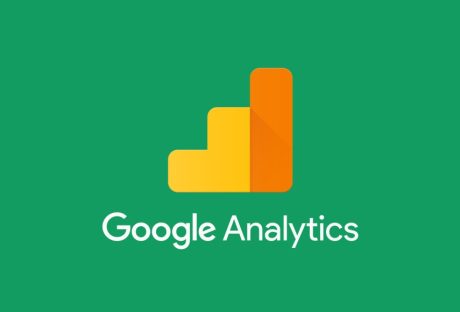Do you want to try to use Google Ads to your benefit, the first thing that you need to do is head over to ads.google.home. Don’t know what it is and how it can help you? Well, I have you covered!
In this article, I will focus on the benefits of using AdSense and the ways of successful Adsense login. I will be focusing on the ways in which you can create ads on the platform and create money to boost your business.
And, if that is something you want to do, you will find this article to be of help. Keep reading this blog till the end to learn more…
Contents
- 1 Ads.Google.Home: What Is It?
- 2 Ads.Google.Home: How To Set Up Google Ads?
- 2.1 1. Understand The Terms That Are Used
- 2.2 2. Organize Your Ad Account
- 2.3 3. Set The Budget For Your Campaign
- 2.4 4. Select The Keywords
- 2.5 5. Set The Match
- 2.6 Broad Match
- 2.7 Broad Match Modifier
- 2.8 Phrase Match
- 2.9 Exact Match
- 2.10 Negative Match
- 2.11 6. Organize Your Landing Page
- 2.12 7. Select The Device
- 2.13 8. Create Your Ads
- 2.14 9. Connect Google Account To Analytics
- 2.15 10. Make Money!
- 3 Wrapping It Up!
Ads.Google.Home: What Is It?

To keep it short and simple, ads.google.home is the URL of Google’s AdSense home page. Entering this on your address bar of the search engine, helps you to head over to the official site of Google Ads. From there, you can choose your plans and create ads that suit your strategy of boosting your business.
With the help of Google Ads, get in front of customers when they use Google Search and Maps to look for businesses like yours. You will have to pay just for the results, such as website clicks or phone calls to your company. This is undoubtedly one of the major benefits of digital marketing in recent times.
Now that you know what it is, it is time to find out how to make it work for you. So, keep reading till the end to learn about setting up Google Ads for your business…
Ads.Google.Home: How To Set Up Google Ads?

If you are interested in setting up Google Ads, I have you covered! Here are the steps that you need to do to set up your account and find the best ways to earn money through the ads that you put in:
1. Understand The Terms That Are Used
The first thing that you need to do when creating or using the Google Ads platform, is to know the terms that are used here. Some of these are as follows:
- Keywords: These are the key phrases or words that users enter into Google Search to make your ad appear. You will choose a list of keywords for your ad campaign that you believe potential customers may use to find what you are selling.
- Bid: This is the most you will spend when someone clicks on your advertisement. Because with Google Ads, you only pay when someone clicks on your ad to phone you or visit your website.
- Quality Score: This indicator lets you know how closely your keywords relate to both your ad and your landing page, which is the website that users will be directed to after clicking your ad. Your bid prices can be reduced and your ad rank in the search results can be increased with a high Quality Score.
- Ad Rank: When your ad is triggered to display on Google, this measure aids in determining where it will appear in relation to other ads. Your bid, Quality Score, and other factors are used to establish your rank.
- CPC (cost-per-click): the exact sum you pay when a user clicks on your advertisement. You don’t have to pay the whole amount of your bid price for each click; this only establishes a range of potential costs-per-click you might incur.
- Conversion: An action you’ve identified as vital is called a conversion when someone who has clicked on your ad then completes it, such as completing a purchase, subscribing to your email, or giving you a call.
2. Organize Your Ad Account
How can your account be made successful right away? Create categories for your products or services to use as the foundation for your account structure. (An excellent choice is to utilize a structure similar to the one your website already uses.)
The ads.google.home or Google Ads account is divided into two organizational levels: campaigns (the higher level) and ad groups (the lower level; each campaign may contain several ad groups). Consider campaigns representing broad business categories and ad groups as reflecting more specialized, compact sets of goods or services.
To ensure that someone searching for “glitter glue,” for example, doesn’t accidentally encounter your ad for “embroidery thread,” you should create distinct campaigns, ad groups, ads, and keyword lists for each of your items. This will keep your ads relevant and prevent people from concluding that you don’t have what they’re looking for.
Your ability to attract customers who are specifically interested in what you have to offer increases with the level of focus and specificity of your adverts.
3. Set The Budget For Your Campaign
You can manage your spending with Google Ads by adjusting two separate settings: your daily budget and your bids.
Your daily spending goal for each campaign is your budget. Your bid is the sum you’re prepared to spend on a keyword in the event that someone searches for it and clicks your ad.
Spreading your overall budget, or the sum you want to pay for your entire account, evenly among your campaigns when you first start out can be a good idea until you determine which strategy works best for your company.
However, generally speaking, you should base your campaign budgets and bid quantities on the objectives of your firm. For instance, if you want to increase sales of your “kids crafts” products one month, you should think about increasing the budget for that campaign and decreasing it for a different, less significant one.
If something isn’t working, you can change your budget and bids at any time to suit your needs. You should choose a bid that will help your ad get a good position while remaining within your budget when setting bids for your keywords.
4. Select The Keywords
The objective of choosing keywords is to select phrases that you anticipate users will type into search engines when looking for what you have to offer. Additionally, you want your keywords to be as pertinent as possible to the advertisement they activate and the landing page visitors will see after clicking that advertisement.
The Keyword Planner, a free tool included with Google Ads to assist you in getting started, can produce a sample list of keywords for your campaigns. I would advise reading through the list of ideas and utilizing only those that make sense for you.
You can use the Keyword Planner to determine how much to pay for a specific keyword in order for your ad to appear in search results. This might help you determine which keywords will fit within your spending limit and which are too pricey for you to bid on.
A keyword will often cost more to bid on the more competitive it is. Avoid high-competition keywords when you’re initially starting out to prevent blowing your entire budget on a few clicks. By sticking with low- to medium-cost keywords, you can still gain a lot of exposure and measure the effectiveness of your campaigns.
5. Set The Match
You can further customize when your ad will appear on Google by using the “keyword match type” parameter in the Google Ads dashboard. You have five choices to choose from:
Broad Match
With the “broad match” option selected, your advertisement appears for queries that include both related terms and your keywords in any order. The default setting for all campaigns, this option displays your ad in the widest range of queries.
Broad Match Modifier
You can use this parameter to specify which terms from your broad-match keyword must appear in a user’s search in order for your ad to be displayed. Therefore, you could guarantee that “wool” and “yarn” were always present in a search if your keyword was “high fiber wool yarn” by inserting a plus sign (+) before those words. As a result, high fiber + wool + yarn would be your broad match modifier keyword.
Phrase Match
For searches that include your precise term, as well as searches that include your exact keyword plus words before or after it, this option displays your advertisement. (For instance, if “wool yarn” is your keyword, you might also appear when searching for “fine wool yarn” or “wool yarn for sale near me.”) If you decide to go with this approach, any keywords—for example, “wool yarn”—should be encircled in quote marks.
Exact Match
When you select an exact match, your advertisement will only appear when a user searches for the precise term or phrase you specify. Put your keyword in parentheses for this choice, such as [wool yarn].
Negative Match
With this match option, you may sift out irrelevant visitors by preventing bad terms or phrases from activating your advertisement. For instance, if all of your yarn is expensive, you might want to avoid using adjectives like “bargain” or “cheap.” You can do this by placing a minus sign in front of the phrases, such as “cheap” or “bargain,” that you don’t want to appear for.
6. Organize Your Landing Page
When a potential customer clicks on your advertisement, they land on your landing page. visitors may locate what they’re seeking more quickly by selecting a page that’s relevant to your ad and keywords.
For example, if your ad is offering a deal on yarn, choose a landing page where that yarn is prominently shown rather than just sending visitors to your website’s main page.
7. Select The Device
Do your ideal clients conduct their searches on desktop computers, mobile devices, or both? Are those who want to make an immediate online purchase more important to you to reach than consumers who are out and about shopping?
Consider the client categories you want to engage with when setting up your ads.google.home account (and, more significantly, the devices those customers use). So you can reach them.
Consider showing your advertising just on mobile devices, for instance, if you own a car repair shop and want to draw clients when they’re close and in need of assistance.
8. Create Your Ads
Make sure your advertisement conveys that you have what they need because it will likely be many people’s initial impression of your company. This is made possible by segmenting your campaign into distinct ad groups and creating individual ads for each. For example, a yarn-promoting ad for your yarn keywords and a craft-promoting ad for your craft materials.
This is made possible when the ad really contains the keywords consumers search for. Your ads will become more pertinent to potential buyers as a result, and your Quality Score may even go up.
Additionally, it’s a good idea to include a “call to action” in your advertisement, which is a brief statement that advises the reader on what to do after reading your advertisement. For instance, words like “shop now” or “learn more” can persuade viewers to click on your advertisement.
Before publishing your ad, review it one more time to ensure that there are no grammatical or spelling issues.
9. Connect Google Account To Analytics
A free option to gain additional information into how visitors interact with your advertisements and website is through Google Analytics. However, you aren’t required to use Analytics in order to use Google Ads, so feel free to move on to the next section if you’d rather.
While Google Ads can show you how many times your ads are clicked, combining ads.google.home with Analytics allows you to monitor what those visitors do once they arrive at your website.
For instance, your advertisement may not be reaching the intended audience if visitors come to your website but then leave right away. Or you could be directing them to the incorrect part of your website. You can organize your adverts more effectively with the aid of this information, thus maximizing the use of your marketing budget.
10. Make Money!
Well done! You are prepared to launch your campaigns and evaluate their effectiveness. Don’t forget to return often to monitor which advertisements and keywords are generating the most traffic and conversions for you. You should eventually be able to identify which tactics are assisting you in achieving your goals and which still require improvement.
Wrapping It Up!
In case you wanted to find out more information on ads.google.home, I hope that this article has been of help to you. If there are any other queries related to the same, kindly feel free to let me know. All that you need to do is scroll down till you reach the bottom of the page, Then leave your comments and queries in the box below. And I will be there to answer them all for you!
Learn More About:





















